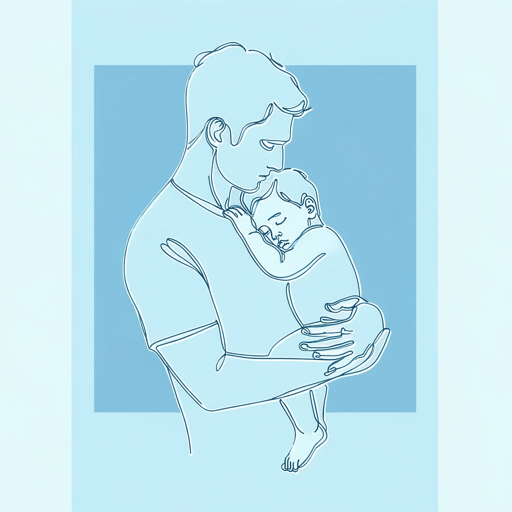17 pages • 34 minutes read
Naomi Shihab NyeShoulders
Fiction | Poem | Adult | Published in 1994A modern alternative to SparkNotes and CliffsNotes, SuperSummary offers high-quality Study Guides with detailed chapter summaries and analysis of major themes, characters, and more.
Symbols & Motifs
The Man
The man, introduced in the first line of the poem, represents the everyman. In literature and drama, the everyman represents the layperson, an ordinary individual with whom the reader or audience member can easily identify with, learning valuable lessons from their story that apply to their own lives. The term “everyman” originated in Christopher Marlowe’s morality play of the same name circa 1530 and remains a common way for authors and playwrights to represent humanity at large.
Nye characterizes the man as a caring father figure: cautious and gentle and selfless, protecting his young son from the downpour of rain and rush of passing cars. He is a symbol of protection, taking on hardship for his innocent, sleeping son, unaware of the world around them as he sleeps soundly on his father’s shoulder. Nye uses the man as an example, showing readers how easy it is to choose empathy in their day-to-day lives, imploring them to show kindness, not just to those they love most, but also to strangers, keeping the world safe for everyone.
The Son
In contrast to the man, the son symbolizes innocence. For the entirety of the poem, the son is asleep and therefore unaware of the hardships that surround him (the rainfall, the cars speeding by, his father carrying him across the street).
Related Titles
By Naomi Shihab Nye
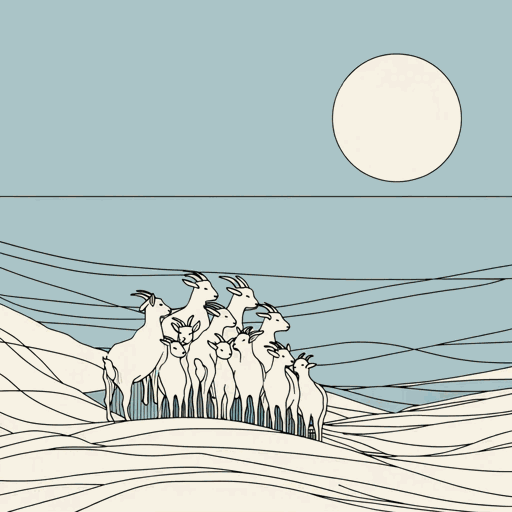
300 Goats
Naomi Shihab Nye
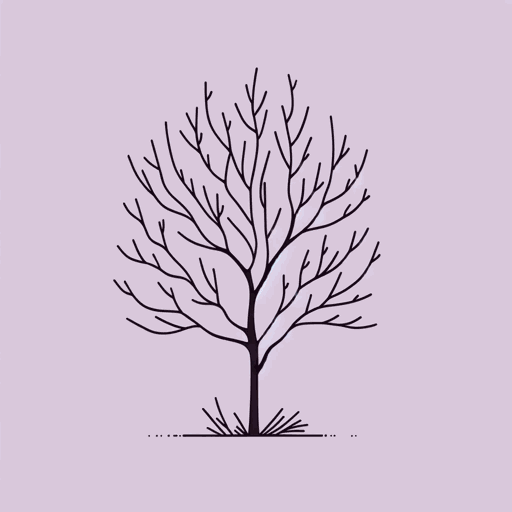
Alphabet
Naomi Shihab Nye
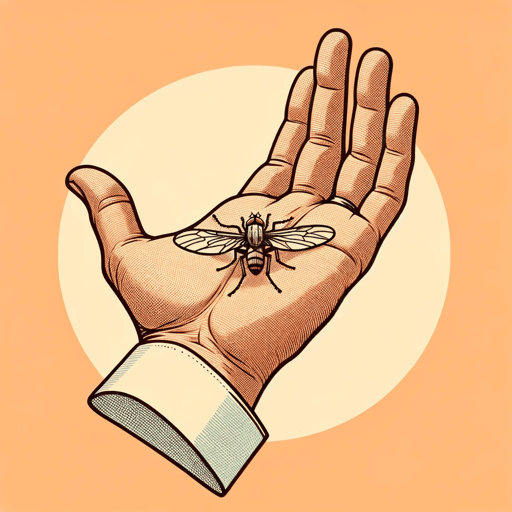
Blood
Naomi Shihab Nye
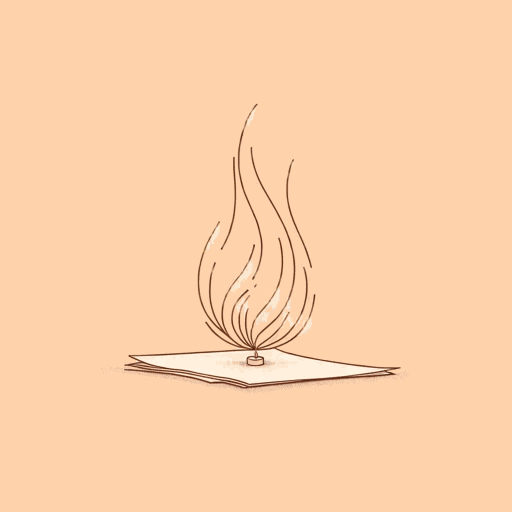
Burning the Old Year
Naomi Shihab Nye
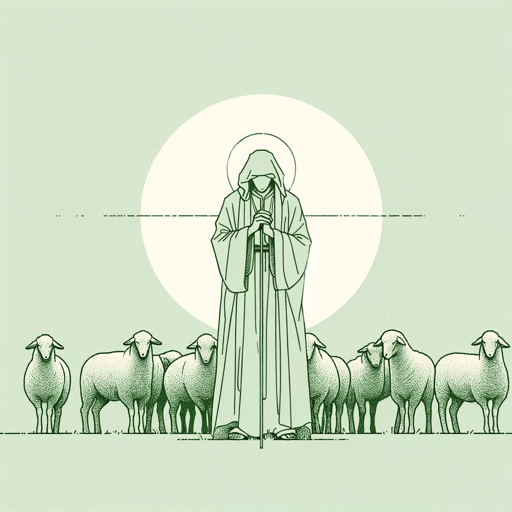
Different Ways to Pray
Naomi Shihab Nye
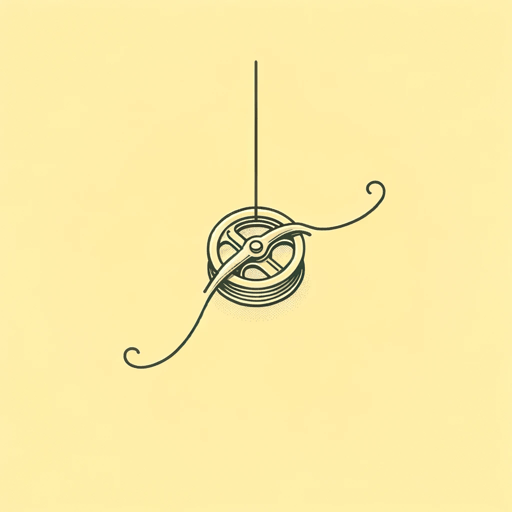
Famous
Naomi Shihab Nye
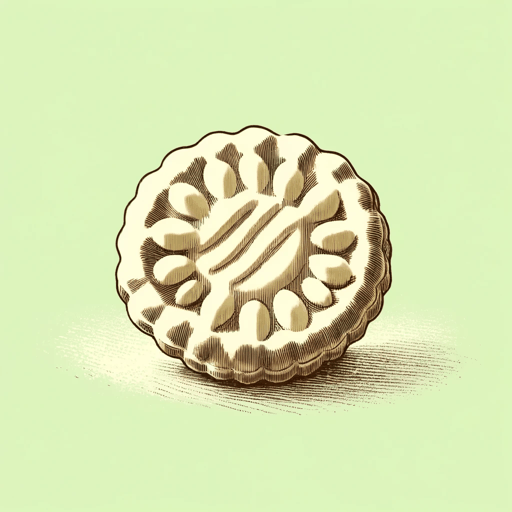
Gate A-4
Naomi Shihab Nye
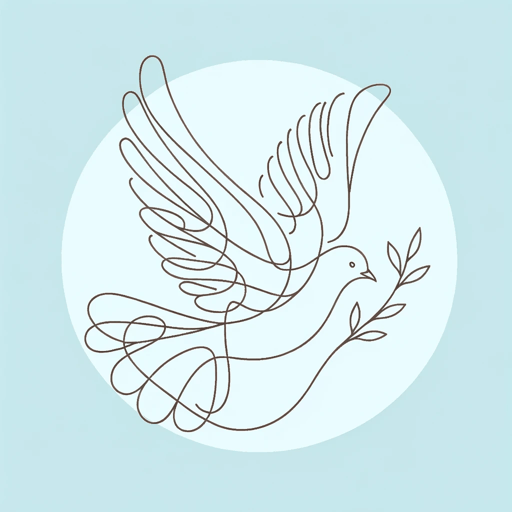
Jerusalem
Naomi Shihab Nye
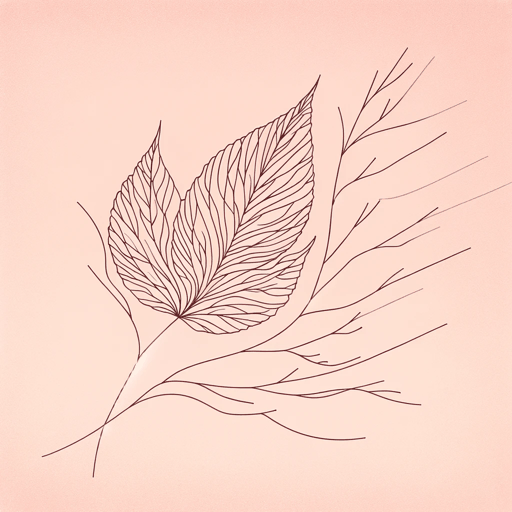
Kindness
Naomi Shihab Nye
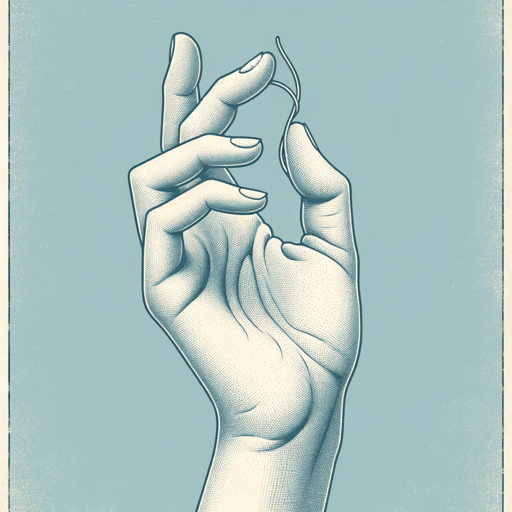
Making a Fist
Naomi Shihab Nye
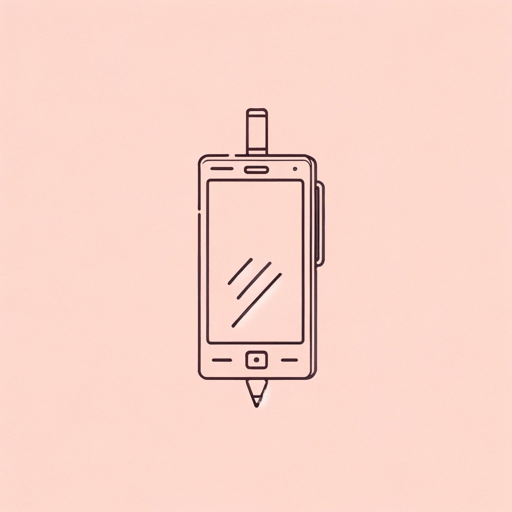
Morning Song
Naomi Shihab Nye
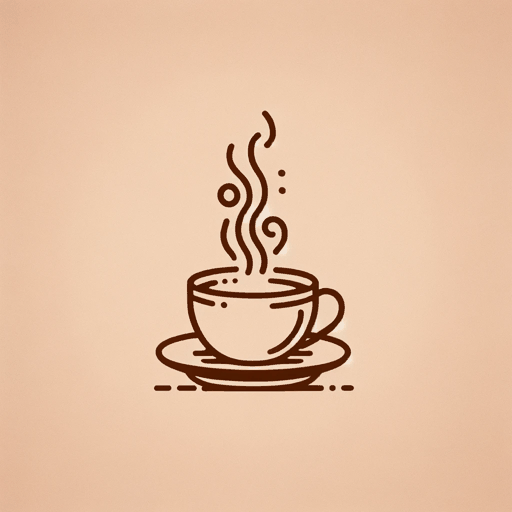
My Uncle’s Favorite Coffee Shop
Naomi Shihab Nye
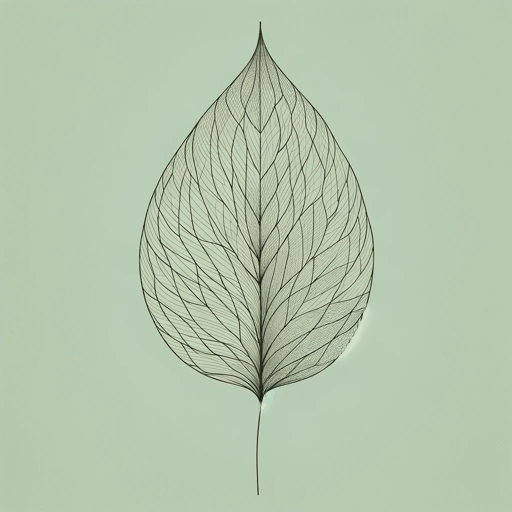
The Art of Disappearing
Naomi Shihab Nye
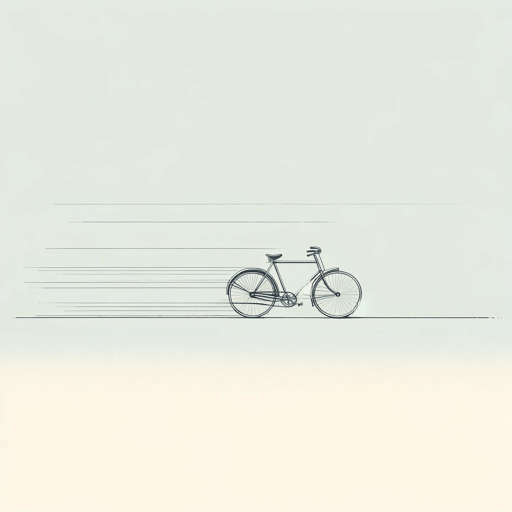
The Rider
Naomi Shihab Nye

The Turtle of Oman
Naomi Shihab Nye
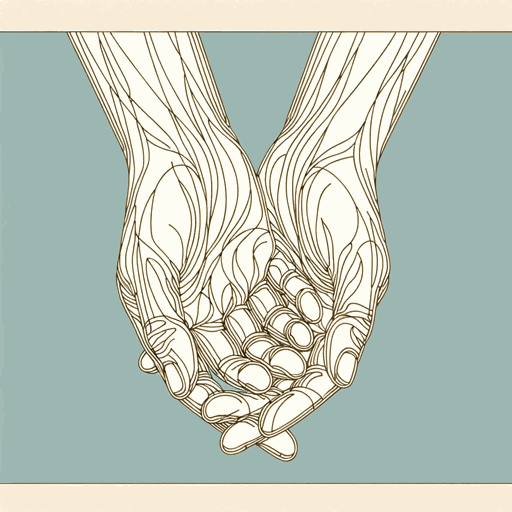
The Words Under the Words
Naomi Shihab Nye
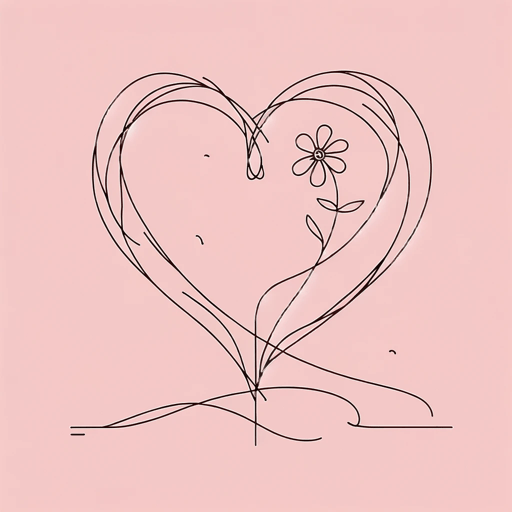
Valentine for Ernest Mann
Naomi Shihab Nye
Featured Collections
Community
View Collection
Family
View Collection
Fathers
View Collection
Nature Versus Nurture
View Collection
Poetry: Family & Home
View Collection
Safety & Danger
View Collection
School Book List Titles
View Collection
Short Poems
View Collection
Valentine's Day Reads: The Theme of Love
View Collection
